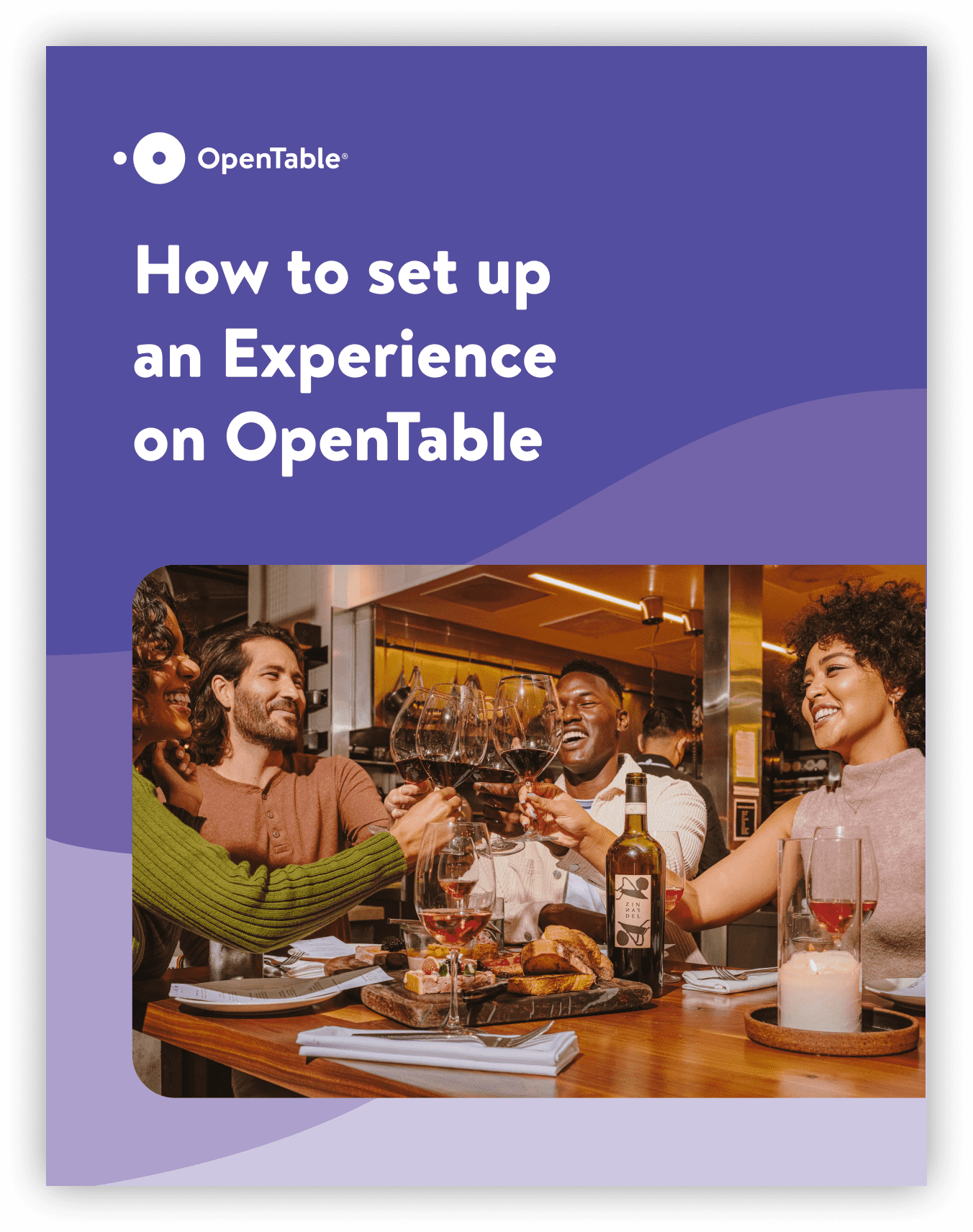Thanks to a historic labor shortage, many restaurateurs did everything they could to attract and retain team members. And now with hopes of additional federal relief funding dashed, there’s little flexibility to increase wages any higher or offer more hiring bonuses.
The other well known benefits that draw employees to restaurants, like healthcare and retirement plans, can also be prohibitively costly, especially for smaller, independent spots.
But a newer perk costs restaurants little to nothing and is highly valued by employees. It’s known as earned wage access (EWA). It allows them to get paid between paydays, as they earn the money. An overwhelming majority of workers—95% of them—want to work for an employer that offers earned wage access.
Earned wage access is a relatively new type of benefit that few restaurants have adopted to date, mainly because awareness of the option has yet to reach critical mass. Here’s what you need to know about earned wage access so you can decide whether it’s a good fit for your restaurant.
What is earned wage access?
Earned wage access is a simple concept. When a worker clocks out for a shift, they’re able to immediately get at least some of the money they’ve earned to date. No more waiting until payday. It’s also known as on-demand pay.
It’s a tool that can theoretically help employees avoid overdraft fees, high-interest credit card debt, late payments, and predatory loans. With earned wage access, workers can set a schedule for getting paid that’s timed to their bills and needs, not their employer’s.
Are earned wage access programs predatory?
On the surface, earned wage access looks like a win-win for employers and employees alike. But there’s a lot that remains to be seen about how they’ll really play out for people and businesses. These programs are in their infancy, and consumer protection advocates warn that they could open the door for exploitation of workers.
“Earned wage access products are loans—advances on pay, usually for a fee—and carving a loophole for them will just lead workers to get caught in debt traps and cycles where they are paying to be paid,” says Lauren Saunders, associate director of the National Consumer Law Center, in a press release published on the center’s website.
It’s true that the employer doesn’t pay employees directly. Third-party companies are providing employees what is effectively a loan, an advance on their next paycheck. The National Consumer Law Center points out that, however small the fee an employee pays to transfer money into their bank account early, it can add up to hundreds of dollars a year, which can be significant for low wage workers.
Additionally there is a patchwork of state-level laws that can be tough to navigate, and the scant legislation currently in place will likely change as this new technology gets adopted more widely.
How does earned wage access work?
Earned wage access is a product of the financial technology world. Restaurants choose a software provider—there are at least a dozen options available—and employees access their funds via an app.
Each service works a bit differently, but earned wage access is typically free or very low cost for employers to offer. Usually, employees have two options:
- Funds can be transferred to a bank account for a small fee paid by the employee.
- Funds can be put on a debit card, in which case fees are paid by the merchants where cards are redeemed.
Most earned wage access software integrates with a restaurant’s payroll system, making it a light lift once it’s set up. Payments accessed in advance of payday don’t affect the restaurant’s cash flow. The service provider essentially loans the employee an advance against a future paycheck. If an employee’s bi-weekly paycheck is typically $1,000, and they’ve taken $250 before payday, their next paycheck will be in the amount of $750. But remember, they can’t take any money they haven’t yet earned.
Earned wage access is most straightforward for hourly employees, but it can work for tipped employees as well. The majority of tips are paid with credit cards, and those earnings can be factored into an earned wage system so front of house employees can access credit card tips as they earn them as well.
What are the benefits of earned wage access?
The main benefit of earned wage access is the fact that employees love it. At Walmart, where it’s been in place since 2017, employees rank it as their second favorite benefit, right behind 401k. In a competitive hiring environment, earned wage access is one of the few ways to give a coveted benefit to employees without increasing labor costs.
For employees, earned wage access can help improve financial wellness and peace of mind by giving them more control over their money. It can be especially beneficial for the 57% of Americans who live paycheck to paycheck. When people are late on or miss a bill payment because they’re waiting for payday, it can negatively affect their credit score, for example.
Financial pressures also negatively impact work performance. The Chicago Business Journal reports that 43% of employees spend three or more hours every week distracted by money stress. And 50% of workers say financial worries disrupt their work, according to FSR Magazine. Earned wage access can help ease some of this stress by letting employees decide when they need their money.
Many earned wage access providers offer a few other helpful things to employees via the software, including financial education, overdraft warnings, and local discounts.
Given the current challenges in hiring and retaining great talent, it’s important to know every possible tool you could use to get and keep people on board. Earned wage access is a recent innovation in employee benefits that might make a big difference to your team.




